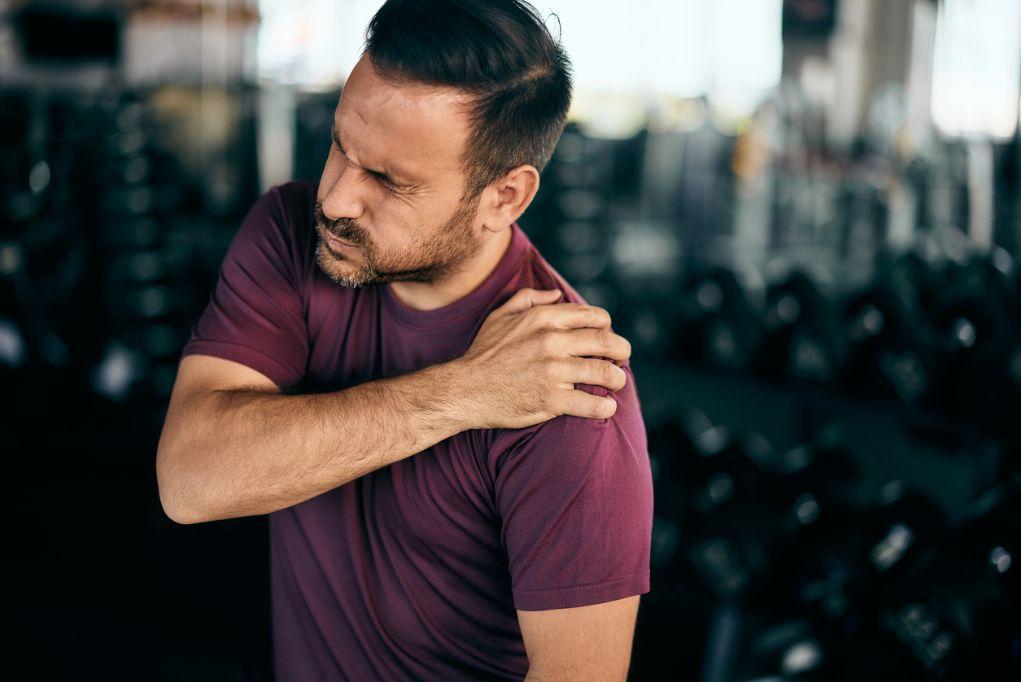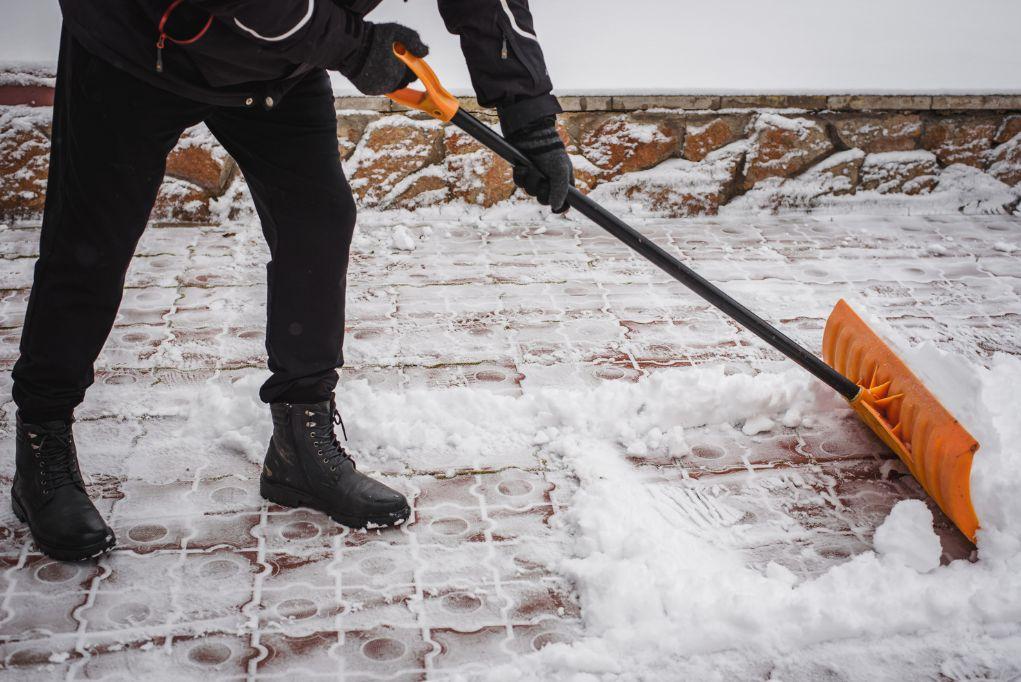Tips to Reduce Running Injuries

Tips to Reduce Running Injuries
In addition to strengthening the heart and lungs, running improves stamina, coordination, and balance. Running may also help with weight loss, lower your risk for diabetes, reduce stress, improve heart health, and boost a positive self-image. However, running incorrectly may result in a number of injuries. The most common running injuries include:
- Tendonitis
- Runner’s knee
- Plantar fasciitis
- Shin splints
- Stress fractures
Fortunately, there are several ways that you can reduce your risk of developing a running injury.
Ways to Reduce Running Injuries
Warm-Up
A thorough warmup increases your body temperature and helps prevent injury by making your muscles more pliable for increased flexibility. Make sure your quadriceps, hamstrings, iliotibial band, and calves are adequately stretched using a dynamic warmup before starting any exercise. Some exercises that can prepare your muscles for the strain of running include lunges, jumping jacks, and jogging at a low intensity for ten minutes. A low-intensity jog is running at a pace where you can comfortably hold a conversation with another person.
Cool Down
Cooling down after exercise is equally as important as warming up before exercise. The purpose of cooling down after your workout is to reduce muscle soreness, regulate blood flow, and prevent blood clots. It can also help flush out lactic acid that accumulates during intense exercise. The most effective cooldown is a low-intensity jog for about ten minutes.
Wear the Correct Footwear
Choosing the correct shoes for running is essential if you want to avoid injuries. The best way to find the right shoes is to go to a store that specializes in running shoes. A lot of specialized running stores will have a treadmill that you can use so that employees may recommend the best sneaker for you based on your running style and exact size. In general, you should buy new running shoes every 300-500 miles to ensure proper cushioning and shock absorption. You should also replace shoes that show signs of wear and tear or ones that no longer provide adequate arch support.
Listen to Your Body
No one knows your body better than you do. If you are running and something hurts, then you should stop running. One simple way to determine whether your pain is from an injury or muscle soreness is if the pain is present on both sides of your body. For example, if both of your quads hurt, it is most likely soreness; however, if only one quad is causing pain, then it may be an injury. If this pain persists after rest, it may be time to visit an orthopedist.
Contact Motion Orthopaedics
At Motion Orthopaedics, our team of experts is fully qualified to address any injuries that may occur as a result of running. Not only are we able to treat your injuries, but we are also able to educate you on preventative methods to hinder further injury. If you have incurred an injury from running or would like to learn more about how to exercise correctly, contact us today.




